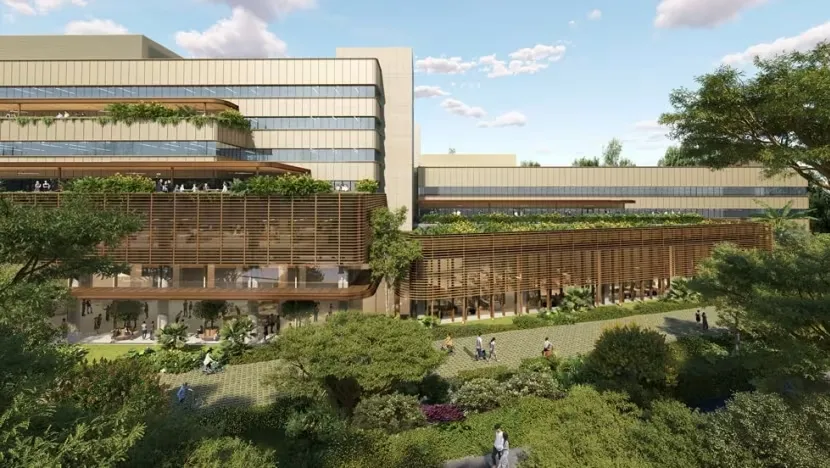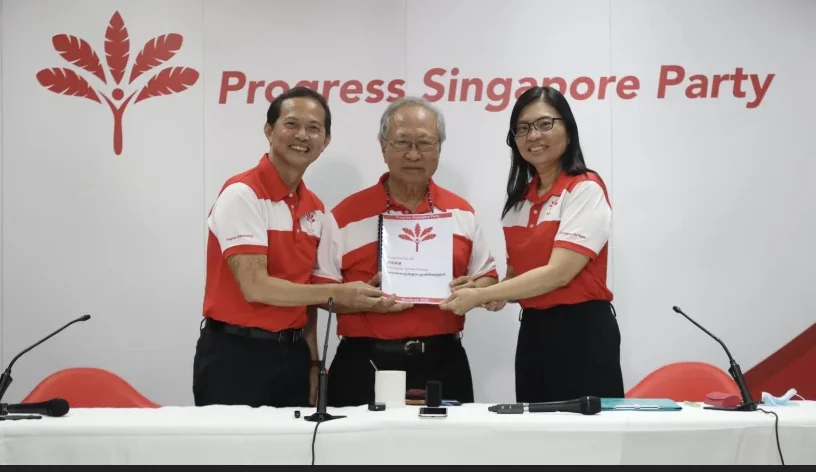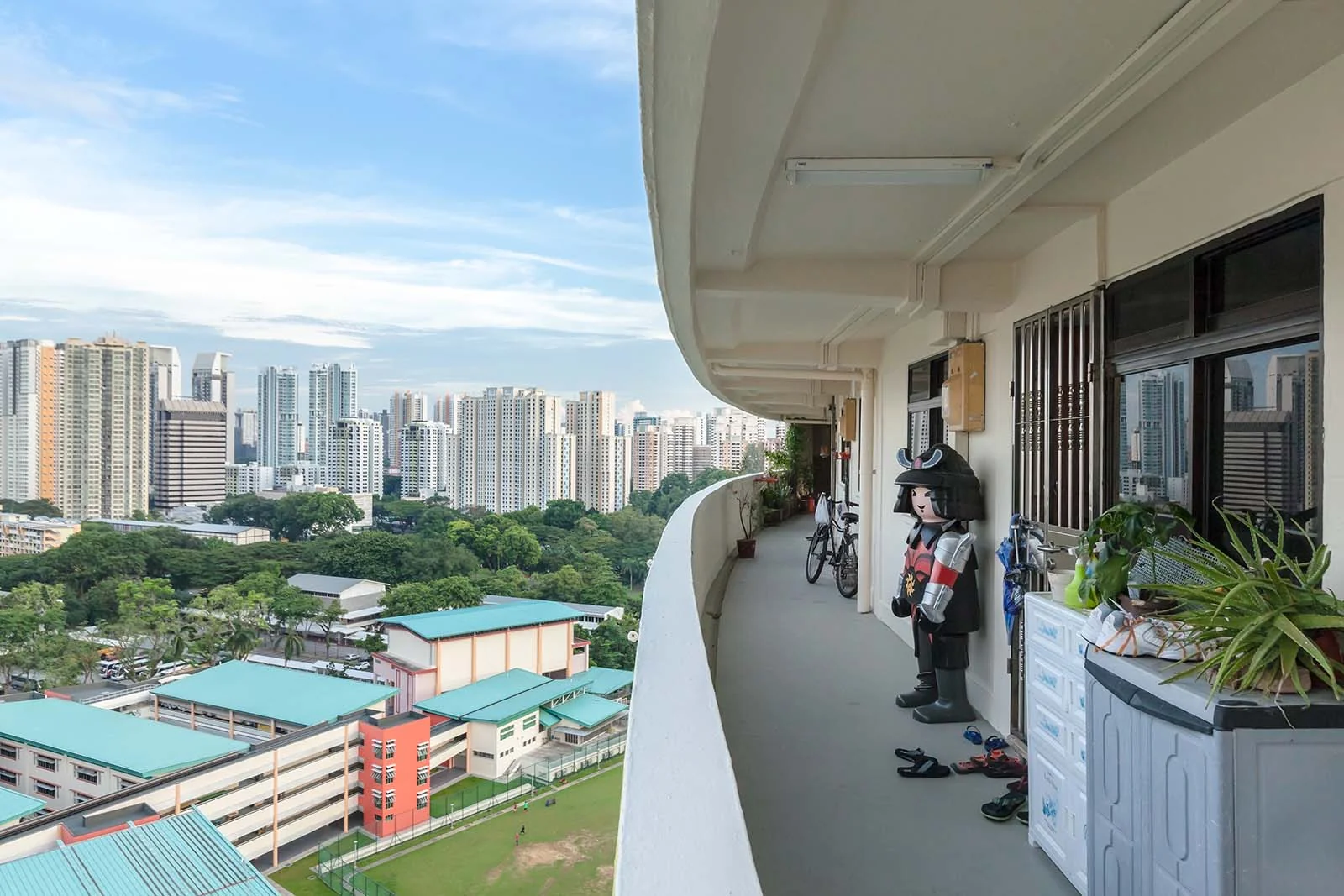苹果公司投资2.5亿美元扩建新加坡宏茂桥园区
与当地社区深入融合 再创新的里程碑

新加坡:苹果公司宣布计划投入超过2.5亿美元(3.4亿新元)扩建其在新加坡宏茂桥的园区。 苹果公司在2022年收购的两栋大楼将进行重大升级,这两栋大楼紧邻公司现有的办公室。这家科技巨头在周三(4月17日)的一份声明中表示,这将使得“三个独特的空间融为一体,为苹果不断壮大的团队提供更多合作机会”。 工程预计今年开工。 新加坡是苹果公司在该地区的核心运营中心,也是软件、硬件、服务和支持等关键岗位的枢纽。 苹果公司表示:“此次扩建标志着苹果公司40多年来促进创造就业机会、与当地社区深入融合的又一个里程碑,将为人工智能和其他关键职能部门的发展及新增岗位提供更多空间。”该公司于1981年在新加坡开设了第一家工厂,当时仅有72名员工,如今已发展成为拥有3,600多名员工的团队。 据苹果公司称,其通过直接就业、供应链和 iOS 应用经济支持了60,000多个工作岗位。 新加坡有三家苹果专卖店,分别位于乌节路、樟宜机场星耀樟宜和滨海湾金沙。 <img class="“alignnone"> 在过去10年中,公司还对其设施和实验室进行了升级,包括自2019年以来将其硬件技术中心扩增50 %。 苹果公司首席执行官蒂姆·库克(Tim Cook)表示:“新加坡确实是一个独一无二的地方,是一个由创造者、学习者和梦想家组成的社区,能够与这个充满活力的社区建立联系,我们深感自豪。”“随着我们的园区不断扩大,苹果正在此谱写历史的新篇章。我们的新加坡团队在丰富客户生活方面发挥了重要作用,我们热切期待未来数十年的创新。”公司表示,与所有设施一样,扩建后的园区将完全使用可再生能源。 自2020年以来,该公司的企业运营已实现碳中和;自2018年以来,其所有设施均为100 %可再生能源供电。 本周三,苹果公司首席执行官还表示,在与印尼总统佐科·维多多(Joko Widodo)会晤后,公司将考虑在印尼建立生产设施。 苹果公司目前在印尼没有生产设施,但自2018年以来已开设三家Apple开发者学院。






